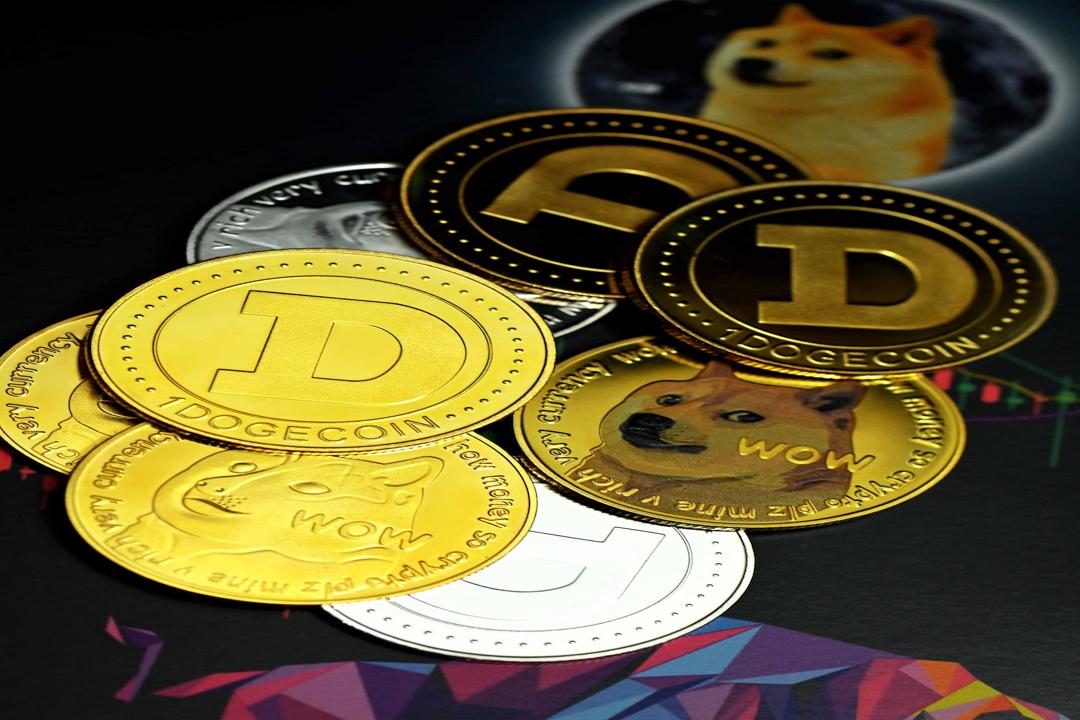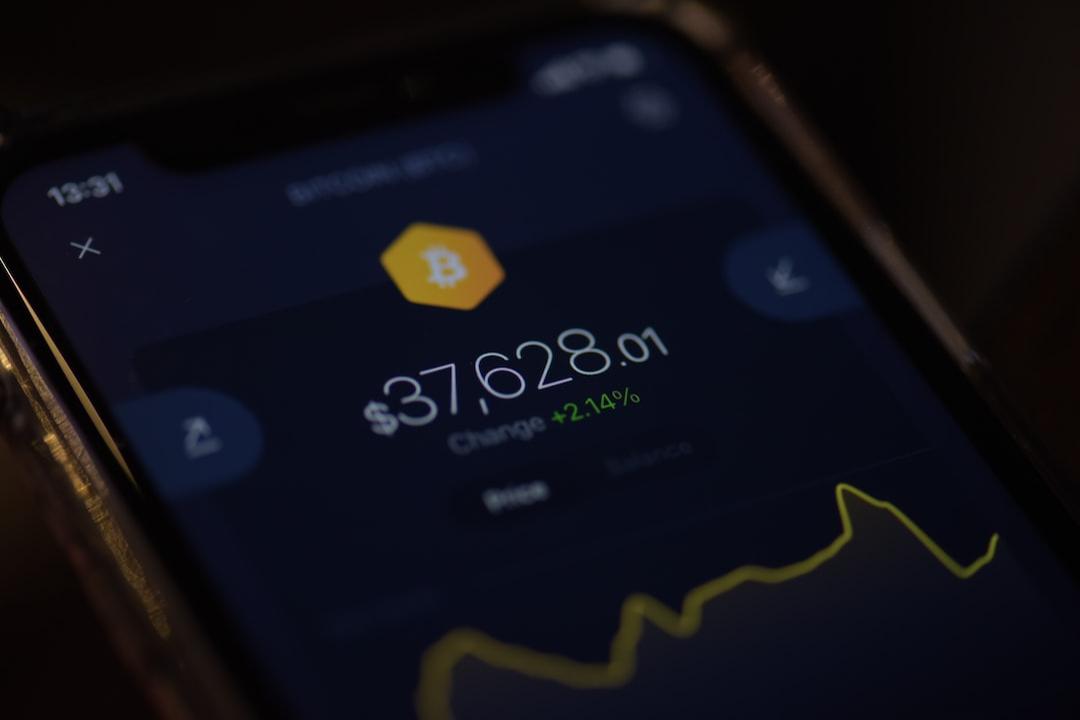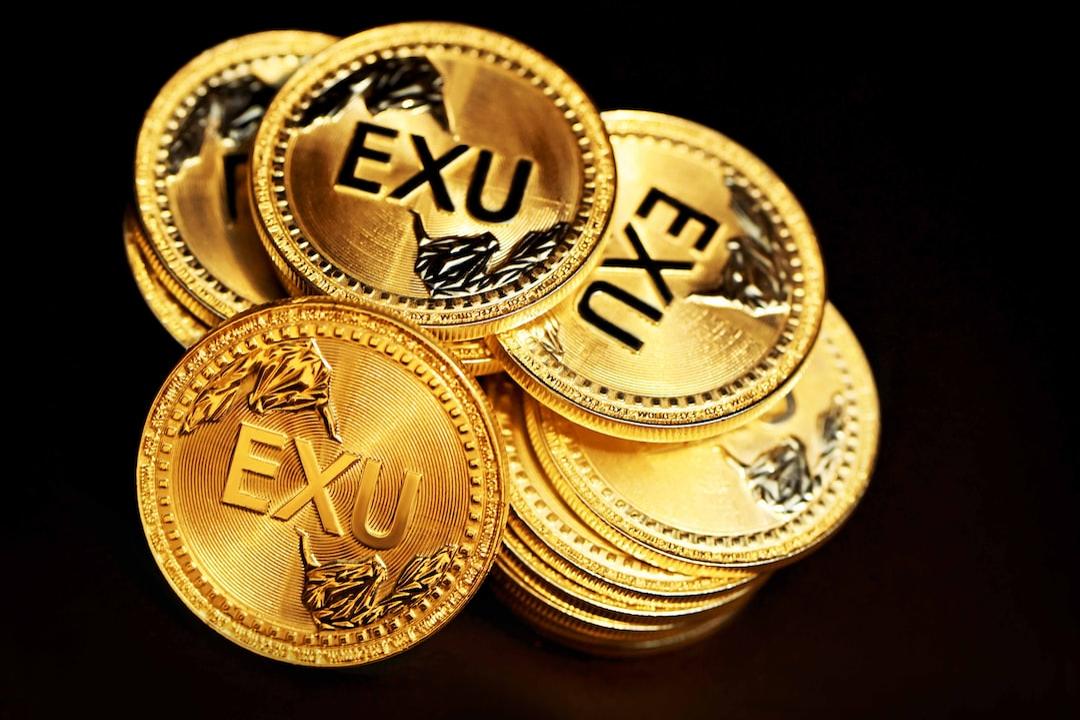HTX Launches Special Campaign for Bitcoin Pizza Day
HTX, a cryptocurrency exchange, has kicked off a special 14-day campaign to celebrate Bitcoin Pizza Day, one of the most iconic anniversaries in crypto history. From May 13 to May 26, HTX users can participate in a “Surprise Gifts” giveaway worth over $200,000. The rewards will be distributed daily through the HTX app, starting at 02:00 UTC each day.
The $300 Million Pizza That Started It All
HTX aims to use this campaign to honor Bitcoin’s most historic purchase. To understand why this event matters, one must revisit the moment that gave birth to Bitcoin Pizza Day—a simple pizza purchase that became the first real-world Bitcoin transaction. It happened on May 22, 2010. A programmer named Laszlo Hanyecz, an early Bitcoin developer, posted on the BitcoinTalk forum offering 10,000 BTC in exchange for two pizzas. At the time, Bitcoin was an obscure digital currency, largely confined to niche online communities, and 10,000 BTC was worth only about $41.
Laszlo didn’t want to mine Bitcoin endlessly without using it for something tangible. His request wasn’t directed at a restaurant—it was to the community. He logged onto the BitcoinTalk forum and made an unusual offer:
“I’ll pay 10,000 bitcoins for a couple of pizzas… like maybe 2 large ones so I have some left over for the next day.”

Soon, a 19-year-old user named Jeremy Sturdivant (known as “Jercos”) responded. Jeremy ordered two large Papa John’s pizzas for Laszlo and delivered them straight to his door. In return, Laszlo transferred 10,000 BTC to him.
No apps, no QR codes, no KYC, just two nerds making a deal over the internet, fueled by curiosity and carbs. And just like that, the first real-world Bitcoin transaction was born. Today, those 10,000 bitcoins would be worth more than $1.037 billion.

The Developer, the Teen, and the Billion-Dollar Deal
Laszlo Hanyecz wasn’t just the guy who bought the world’s most expensive pizza—he was also a key contributor to Bitcoin’s early codebase. He developed one of the first GPU miners and helped port Bitcoin’s code to Mac OS. At the time, though, he simply wanted to use Bitcoin in a real-world scenario. His goal was to prove it could function like money. In fact, after that first transaction, he reportedly spent another 100,000 BTC on pizzas that same summer.
On the other side of the deal, Jeremy Sturdivant didn’t become a millionaire. Like many in the early crypto scene, he didn’t expect Bitcoin’s astronomical rise. He later revealed that he spent the 10,000 BTC on travel expenses for a business trip. In a 2013 interview, he noted that it felt like a simple exchange, no different than trading any other currency for goods. At that time, Bitcoin was just beginning to show its potential.
You May Also Like: Crypto Comedy! Bitcoin Pizza Sold for $40 Are Now Worth $700M
Why May 22 Became Bitcoin Pizza Day
Each year on May 22, crypto users around the world mark the anniversary of this landmark event. Bitcoin Pizza Day has become a day of reflection and celebration. It’s a reminder of how far Bitcoin has come—from a little-known software project to a global financial instrument. It also stands as a humorous and humble lesson about value, hindsight, and innovation.
Many celebrate the day by buying pizza with Bitcoin, organizing local meetups, or joining global events. In 2021, the CryptoBootcamp Community hosted Pizza Day events across African cities like Abuja and Kampala. In 2023, CryptoBillis organized what was billed as “Probably, The Largest Bitcoin Pizza Party in the World” in collaboration with Polygon Guild Malaysia and other partners.
HTX’s campaign is just a part of this ongoing tradition. By offering crypto rewards and collaborating with key projects, HTX brings together the community in a fun and meaningful way.
Bitcoin Pizza Day isn’t just about looking back at a $1.037 billion meal. It’s a reminder of what Bitcoin represents. When Laszlo made that purchase in 2010, the world was still recovering from the 2008 financial crisis. Trust in traditional finance had been shaken. Bitcoin, with its decentralized design and fixed supply, offered a new model—an alternative to inflation-prone currencies and opaque financial systems.
Today, Bitcoin has become a widely recognized asset. Moreover, with advances like the Lightning Network, people can now buy pizza and countless other goods using BTC with minimal fees and instant settlement. Thousands of merchants accept Bitcoin globally, and new infrastructure ensures that what began as a niche experiment is now a viable payment method.

